
views
Understanding the Flick Serve
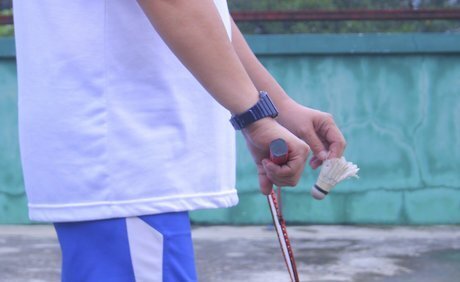
Know when to use the flick serve. The flick serve is best used when your opponent is rushing you and you’re under pressure. It works especially well in doubles games. However, keep in mind that a flick serve can leave you vulnerable if your opponent can tell that it’s coming. That’s why it’s best to use it only occasionally. The flick serve can be difficult for beginners to pull off. It’s best used by intermediate and advanced badminton players. You can use the flick serve with either a forehand or backhand serve.

Maintain the element of surprise. The effectiveness of a flick serve depends on catching your opponents off-guard. If they’re expecting it, it presents them with an ideal opportunity to attack. To prevent them from figuring out your intentions, you must make your flick serve preparation look just like your preparation for a low serve. When you’re playing a flick serve, the goal is to make your opponent think you’re using a low serve until you actually hit it.
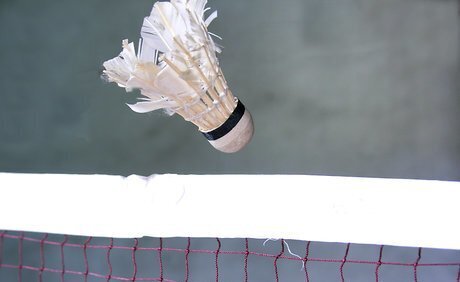
Master the low serve. Because you want your opponent to think you’re playing the low serve so you can surprise them with the flick serve, it’s important to ensure that you’ve mastered the low serve. Try to hit the shuttle so it just barely clears the net and lands as close to the court’s service line as possible. By keeping the shuttle low and the serve short, it makes it more difficult for your opponent to hit it back for an attacking return. Start the low serve by standing as close to the service line as you can without touching it. Your feet should be shoulder-width apart, and your non-dominant foot should be in front so it’s closest to the net. Both feet should remain on the floor when you hit the shuttle. Hold the shuttle at waist level, and swing your racket back with your wrist and hand cocked. Move the racket down and forward to hit the shuttle near your thigh. Don’t move your wrist too much because the goal is to push the shuttle over the net instead of hitting so you keep its movement short. When you play the low serve, the shuttle must at least touch the service line. If it doesn’t, the serve won’t count.
Preparing for the Flick Serve
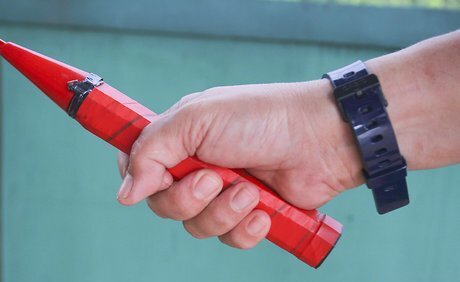
Use the handshake grip on the racket. When you’re readying yourself for a flick serve, use the basic badminton grip on your racket, also known as the handshake grip. Hold the racket in front of you with your non-playing hand. For example, if you’re a right-handed player, you should hold it in your left hand. The racket strings should face sideways, not toward the ceiling or floor. Don’t hold the racket too tight. You want a relaxed, loose grip, with your thumb and forefinger creating a V-shape around the handle. Make sure that you’re holding the racket near the bottom of the handle.

Cradle the shuttle with your fingers. While having the proper grip on your racket is very important, holding the shuttle in the right way is also key in pulling off a successful flick serve. Grip the shuttle by its feathers, but cradle it with your fingers so you’re not holding it too tightly. Place it against the racket’s strings. Because you’re holding the racket with your non-playing hand, you should cradle the shuttle with your dominant hand.
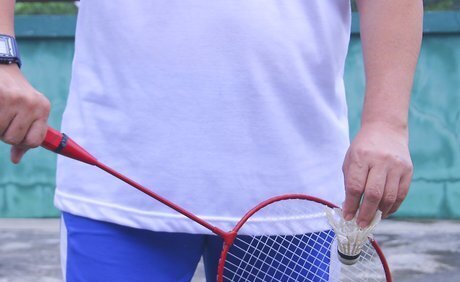
Assume the low serve position. For a successful flick serve, you must convince your opponent that you’re planning a low serve. Stand with your feet shoulder width apart. Your non-dominant foot should be in front, as close to the service line as possible without standing on it. Be sure that you’re holding the shuttle at your waist. You may want to practice moving into low serve position in preparation for a flick serve in front of a teammate, coach, or friend, so they can look to see if you have any tells that might give away that you’re planning a flick serve. Work to get rid of any gestures or ticks that will alert the opposition.
Making the Flick Serve

Start with a gentle backswing. In order to generate power for the serve, you must shift your weight to your dominant foot. However, to fool your opponent, it’s important to bring your racket back in a slow, steady motion, just as you would for a normal low serve. Make sure that to keep your grip on the racket relaxed as you move it for the backswing. That can help keep the motion slow and gentle.
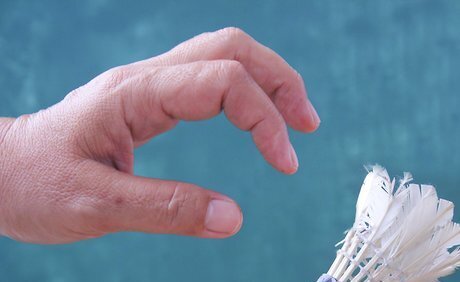
Use your wrist to flick the shuttle. As you bring the racket forward to hit the shuttle, you must suddenly increase the speed so your opponent doesn’t recognize the flick serve until the last moment. With your wrist and forearm, generate enough power to flick or snap the shuttle over your opponent so they don’t have a chance to hit it back. As you flick the shuttle, you should rotate both your shoulders and hips so they’re facing your opponent. When you’re just about to flick the shuttle, try to tighten your grip on the racket. Press your thumb against the back of the handle to make sure you’re holding it tightly enough.
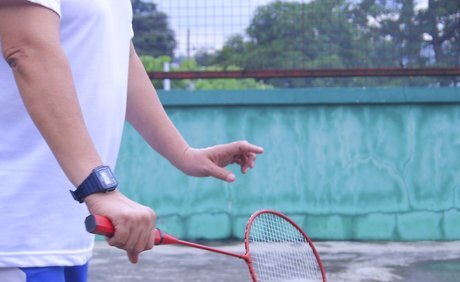
Complete the follow-through. After you flick the shuttle with the goal of lifting it over your opponent, make sure to finish your swing’s follow-through. Your follow-through should mimic the line of the shuttle, so you’re ready to defend against a possible return from your opponent. After the follow-through, keep both of your arms up so you’re ready to defend.















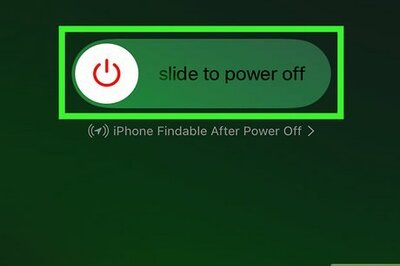
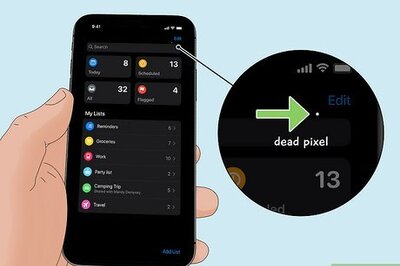
Comments
0 comment